We all take screenshots constantly - funny texts, important info, error messages. But most people only know one way to do it, and when that fails, they're stuck. Here's everything I wish someone had told me about Android screenshots.
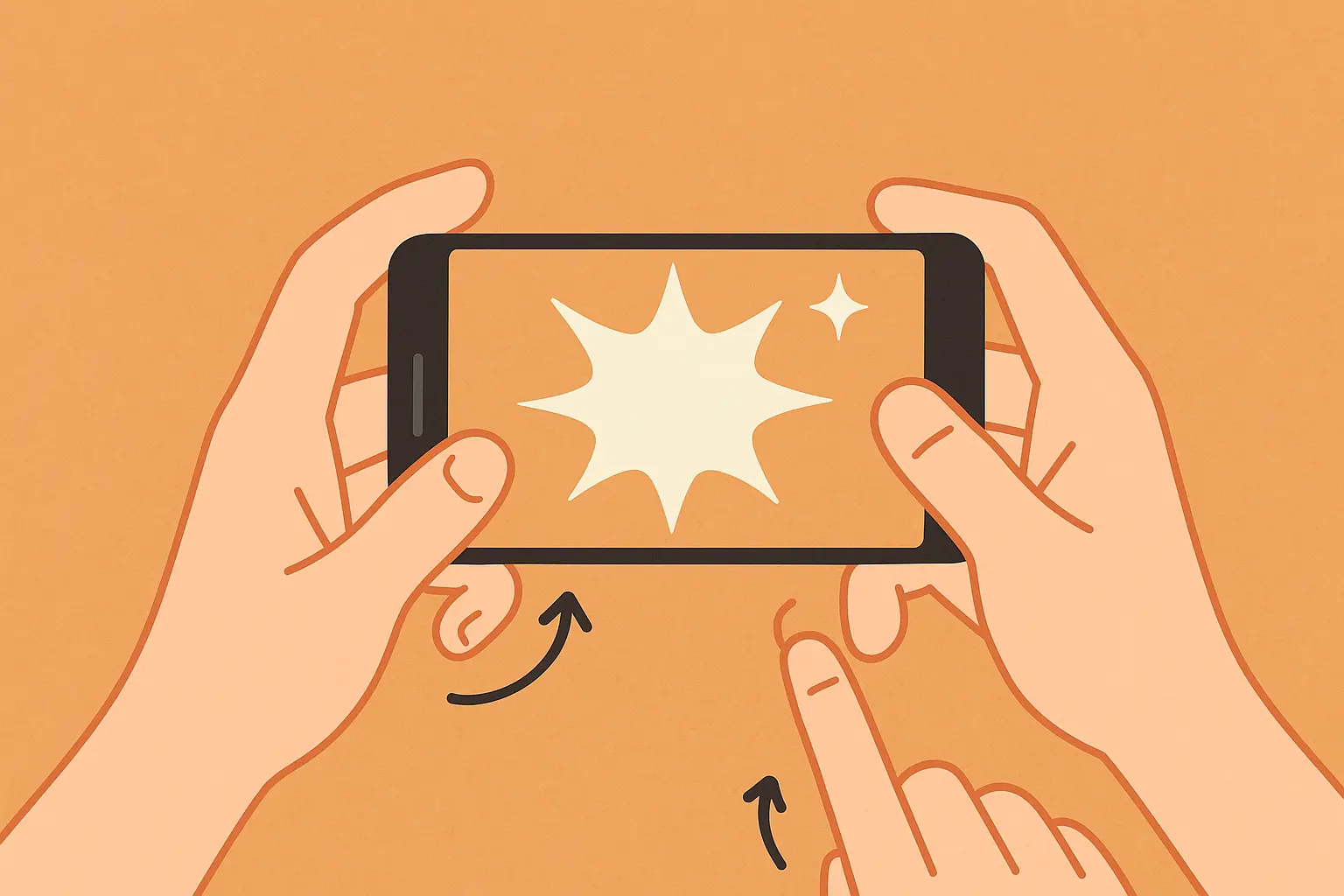
TL;DR
Power + Volume Down works on 95% of Android devices - master this first
Voice commands ("Hey Google, take a screenshot") work hands-free when you need them
Scrolling screenshots capture entire web pages and long conversations in one image
Your screenshots live in Pictures/Screenshots folder and auto-backup to Google Photos
Some apps block screenshots for security - this is normal and intentional
Clean your buttons and keep 1-2GB free storage to avoid screenshot failures
Accessibility features make screenshots possible for users with different physical abilities
The Basic Methods Everyone Should Know
Look, 95% of Android phones use the same basic trick, so let's start there.
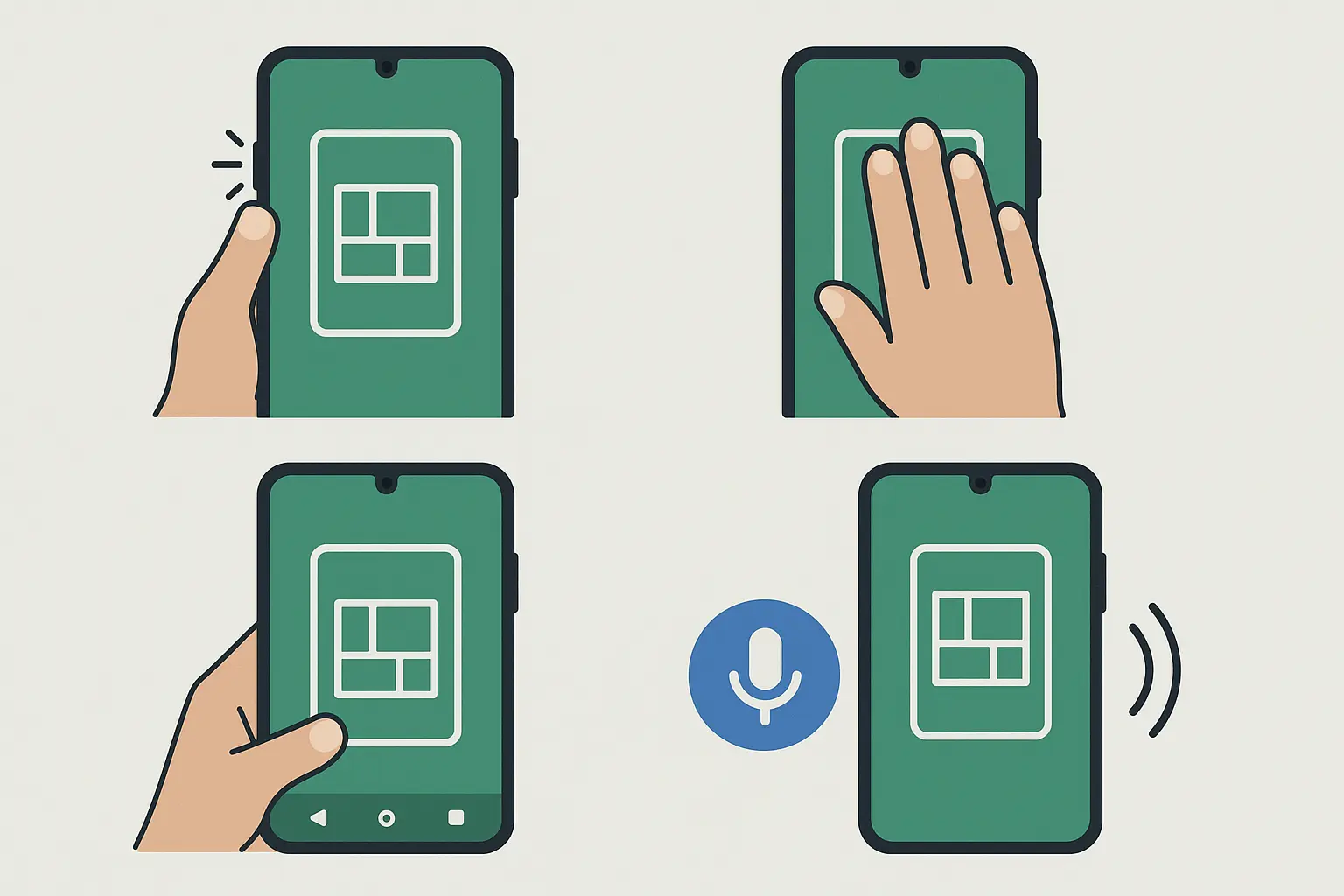
Power + Volume Down - Just Learn This One
Press both buttons at the exact same time and hold for about a second. You'll see a flash and hear a click. If you're getting the power menu instead, you're not hitting them simultaneously enough.
This works on pretty much every Android phone made after 2012. When your app freezes or crashes, this method still works - which is exactly when you need to capture that error message.
According to Android's official documentation, the power and volume down button combination should work on most modern Android devices, with users hearing a click sound within a few seconds indicating successful screen capture.
When documenting a software bug for your IT department, use Power + Volume Down to capture the exact error message displayed on screen. This method works even when the app is frozen or unresponsive.
For professionals who need reliable device protection while taking frequent screenshots, consider investing in rugged phone cases that maintain full button functionality even in demanding work environments.
For older Samsung phones (the ones with physical home buttons), it's Power + Home instead. Same timing applies - simultaneous press and hold until the screenshot animation appears.
The Lazy Person's Methods
Don't want to mess with buttons? Fair enough.
Quick Settings Tile: Swipe down twice, look for the screenshot button. Not there? Tap the pencil and add it. One tap, done.
This method is perfect when you want to avoid accidentally triggering other functions with button combinations.
Voice Commands: "Hey Google, take a screenshot." Works great when you're cooking and your hands are covered in flour, or when you're showing someone something on your phone.
The response time is usually under two seconds, and you'll get the same editing options as any other screenshot method. Just make sure your voice is clear - Google sometimes gets confused if there's background noise.
Brand-Specific Tricks Worth Learning
Different manufacturers have added their own shortcuts that can be more convenient than standard approaches.
Samsung's Palm Swipe: Place your hand sideways on the screen and swipe across. Feels weird at first, but once you get it, it's oddly satisfying. Enable it in Settings > Advanced features > Motions and gestures > Palm swipe to capture.
Recent reports from "Android Authority" highlight that Samsung's latest Galaxy S25 series continues to support the popular palm swipe gesture for screenshots, with the feature enabled by default on new devices.
Samsung users looking for comprehensive device protection should explore Samsung Galaxy cases that preserve gesture functionality while providing military-grade protection.
Three-Finger Swipe: OnePlus and Oppo users can swipe down with three fingers. Enable it in gesture settings first, but it provides a quick one-handed screenshot option when buttons are hard to reach.
The gesture recognition has improved significantly in recent years - you don't need perfect finger placement anymore.
Screenshot Method |
Device Compatibility |
Ease of Use |
Best For |
|---|---|---|---|
Power + Volume Down |
95% of Android devices |
Easy |
Universal reliability |
Palm Swipe |
Samsung devices |
Medium |
One-handed operation |
Three-Finger Swipe |
OnePlus, Oppo, Xiaomi |
Easy |
Quick gestures |
Voice Commands |
Google Assistant enabled |
Easy |
Hands-free capture |
Quick Settings Tile |
All Android devices |
Very Easy |
Avoiding button issues |
Screenshot Tricks That'll Blow Your Mind
Here's where things get interesting.
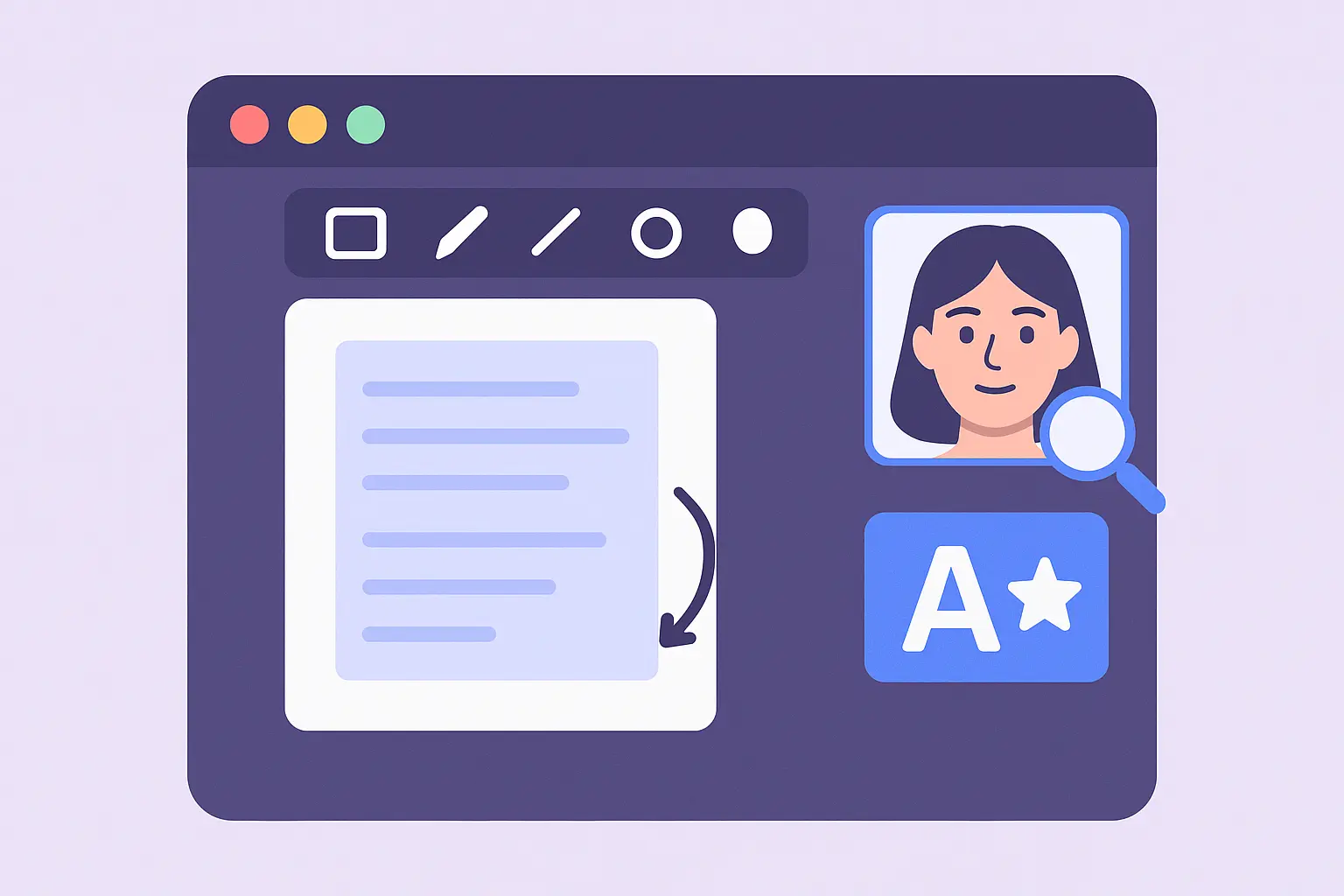
Scrolling Screenshots - Capture Everything
Ever tried to screenshot your mom's 47-message recipe thread? Instead of taking individual shots and losing half the conversation, use scrolling screenshots.
Take a regular screenshot, then look for "Capture more," "Scroll," or "Extended" in the preview. Your phone automatically scrolls and keeps capturing until you tell it to stop.
Different manufacturers label this feature differently but the functionality is similar.
When saving a lengthy email thread for legal documentation, use scrolling screenshot to capture the entire conversation chain in one image. This creates a complete record that's easier to review and share than multiple individual screenshots that might miss crucial context.
Perfect for saving entire Twitter arguments, long articles, or that Wordle streak you want to brag about.
When Your Phone Doesn't Support It: Apps like LongShot and Stitch & Share provide scrolling functionality for devices without native support. They work by taking multiple screenshots as you scroll manually, then automatically stitching them together.
The results aren't always perfect - you might see slight alignment issues - but they're usually good enough for documentation purposes.
Built-In Editing That Actually Works
After taking a screenshot, tap the preview. You'll get editing tools that are actually useful - drawing, text boxes, arrows, highlighting. No need for separate apps.
The screenshot preview notification gives you immediate access to these tools. I've been impressed by how responsive they've become. You can actually create legible text and clean arrows without fighting the interface.
Built-in editors include cropping tools with preset ratios for social media, document formats, and custom dimensions. You can adjust your screenshots for specific platforms without needing to remember exact pixel requirements.
Smart Actions That Feel Like Magic
Your phone is getting scary good at understanding what's in your screenshots.
Text Recognition: Google Lens integration extracts text from screenshots for copying, translating, or searching. Screenshot some text, and your phone can copy it, translate it, or even solve math problems from it.
The accuracy has improved dramatically over the past year. I regularly use it to extract text from images instead of typing everything manually.
Smart Actions Based on Content: QR codes get scanned automatically, addresses open in Maps, phone numbers can be dialed. It's like having a tiny assistant living in your camera roll.
When screenshots contain QR codes, addresses, phone numbers, or event information, your phone suggests appropriate actions immediately.
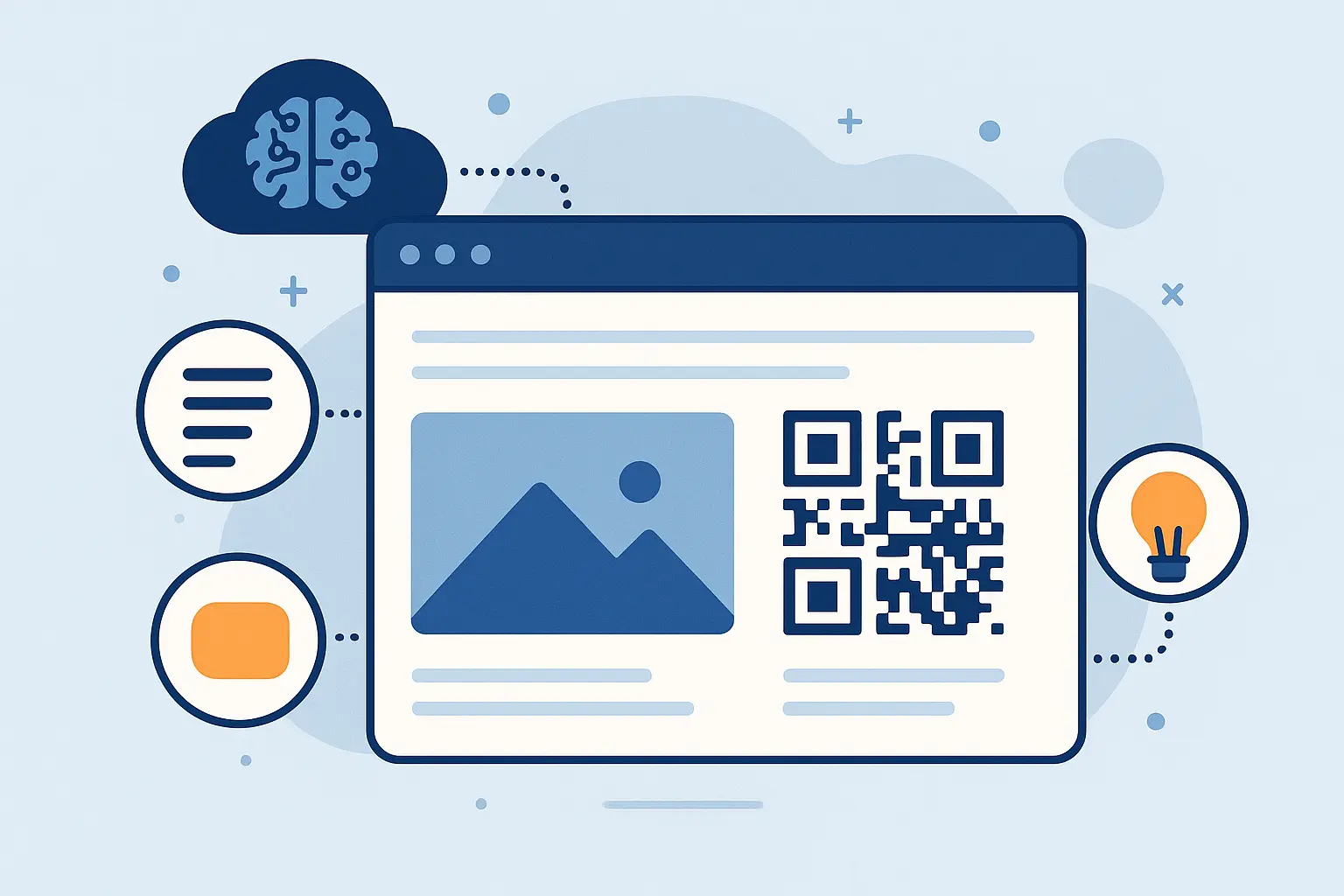
Stop Losing Your Screenshots in the Chaos
Let's be honest - most of us have hundreds of random screenshots cluttering our phones.
Where They Actually Live
Screenshots go to /storage/emulated/0/Pictures/Screenshots/ on most devices, accessible through your file manager or gallery app. Some manufacturers create additional copies in proprietary gallery apps.
Based on Android's official guidance, screenshots automatically save to your Gallery app, where users can easily check quality and share them as needed across different platforms and applications.
Create some folders: Work, Personal, Receipts, Random Funny Stuff. Your future self will thank you when you're frantically looking for that warranty screenshot at 11 PM.
I've found that monthly subfolders work better than trying to categorize everything by topic. You can always search by content later, but knowing roughly when you took a screenshot makes finding it much easier.
Screenshot Organization Checklist:
Create main folders: Work, Personal, Receipts, Reference
Set up monthly subfolders for time-based organization
Enable automatic cloud backup for important categories
Review and delete unnecessary screenshots weekly
Use descriptive file names for important captures
Set up shared folders for team collaboration screenshots
Cloud Backup That Makes Sense
Google Photos is pretty great for this. Its search actually works - type "receipt" and it finds your receipt screenshots. Search for a store name, and it'll find relevant captures.
Google Photos automatically backs up screenshots when enabled, and its AI search can locate specific captures using keywords, dates, or content recognition. It creates automatic screenshot albums and can identify text within images for search purposes.
The AI search is genuinely impressive. I can search "cat" and it finds screenshots with cats in them. We're living in the future.
Dropbox, OneDrive, and Amazon Photos offer automatic screenshot upload with different storage flexibility and cross-platform compatibility if you prefer alternatives to Google.
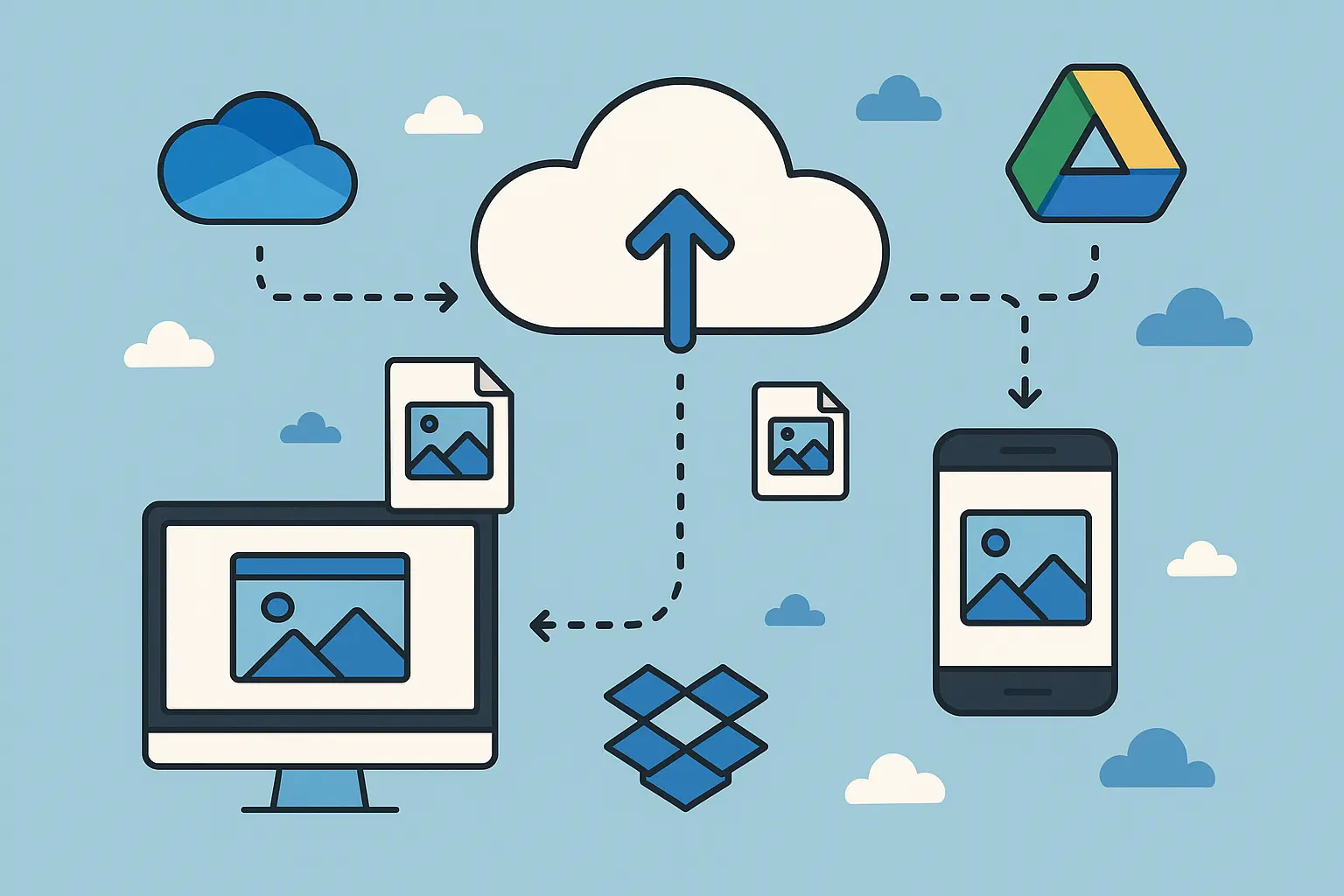
Privacy and Security Stuff
Screenshots often contain sensitive personal information. Some devices now detect potentially sensitive content like credit card numbers or passwords in screenshots and prompt you to review before saving.
Samsung Secure Folder and similar manufacturer solutions store sensitive screenshots in encrypted, password-protected locations. These secure areas require additional authentication and don't appear in regular gallery apps.
When Screenshots Refuse to Work
Sometimes technology hates us. Here's how to fight back.
Button Problems
If Power + Volume Down isn't working, clean around your buttons. Seriously. Pocket lint kills more screenshots than you'd think.
Test each button separately in other contexts to determine if the issue is button-specific or screenshot-specific. If you're getting the power menu or volume adjustment instead, you're not pressing them at exactly the same time.
Users experiencing frequent button issues should consider protective phone cases with reinforced button covers that prevent debris buildup while maintaining tactile feedback.
Alternative Methods When Hardware Fails: Enable Quick Settings tiles, gesture controls, or voice commands as backup methods when physical buttons are damaged or unresponsive.
App Blocking
Banking apps, Netflix, streaming services, and apps handling sensitive content block screenshots on purpose. This isn't a bug - it's protecting you. Don't try to bypass it.
According to recent analysis by "Lifehacker", certain browsers won't allow screenshots in incognito mode, and various apps also disable screenshot functionality for privacy protection, which users should consider normal behavior rather than a technical problem.
If screenshots are blocked everywhere, check for recently installed security apps or device management software that might interfere with screenshot permissions. Corporate devices often have MDM policies that restrict screenshot functionality.
Storage and Performance Issues
No storage = no screenshots. Screenshots need temporary storage during capture and processing. Keep at least 1-2GB free space and regularly review unnecessary screenshots to prevent storage-related failures.
Research from Android's support documentation indicates that insufficient device memory significantly impacts screenshot capability, with users needing adequate storage space to successfully add new screenshots to their gallery.
Close unnecessary background apps before taking important screenshots, especially when using scrolling capture or advanced editing features. Periodic device restarts clear memory caches and ensure optimal performance.
Issue Type |
Common Causes |
Quick Solutions |
Prevention Tips |
|---|---|---|---|
Button Failure |
Debris, timing, hardware damage |
Clean buttons, use software methods |
Regular cleaning, gentle usage |
App Blocking |
Security policies, incognito mode |
Use alternative apps, check settings |
Understand app restrictions |
Storage Issues |
Full memory, corrupted files |
Free up space, restart device |
Regular cleanup, cloud backup |
Performance Lag |
Too many background apps |
Close apps, restart device |
Monitor RAM usage |
System Conflicts |
MDM policies, security software |
Check permissions, contact IT |
Review installed security apps |
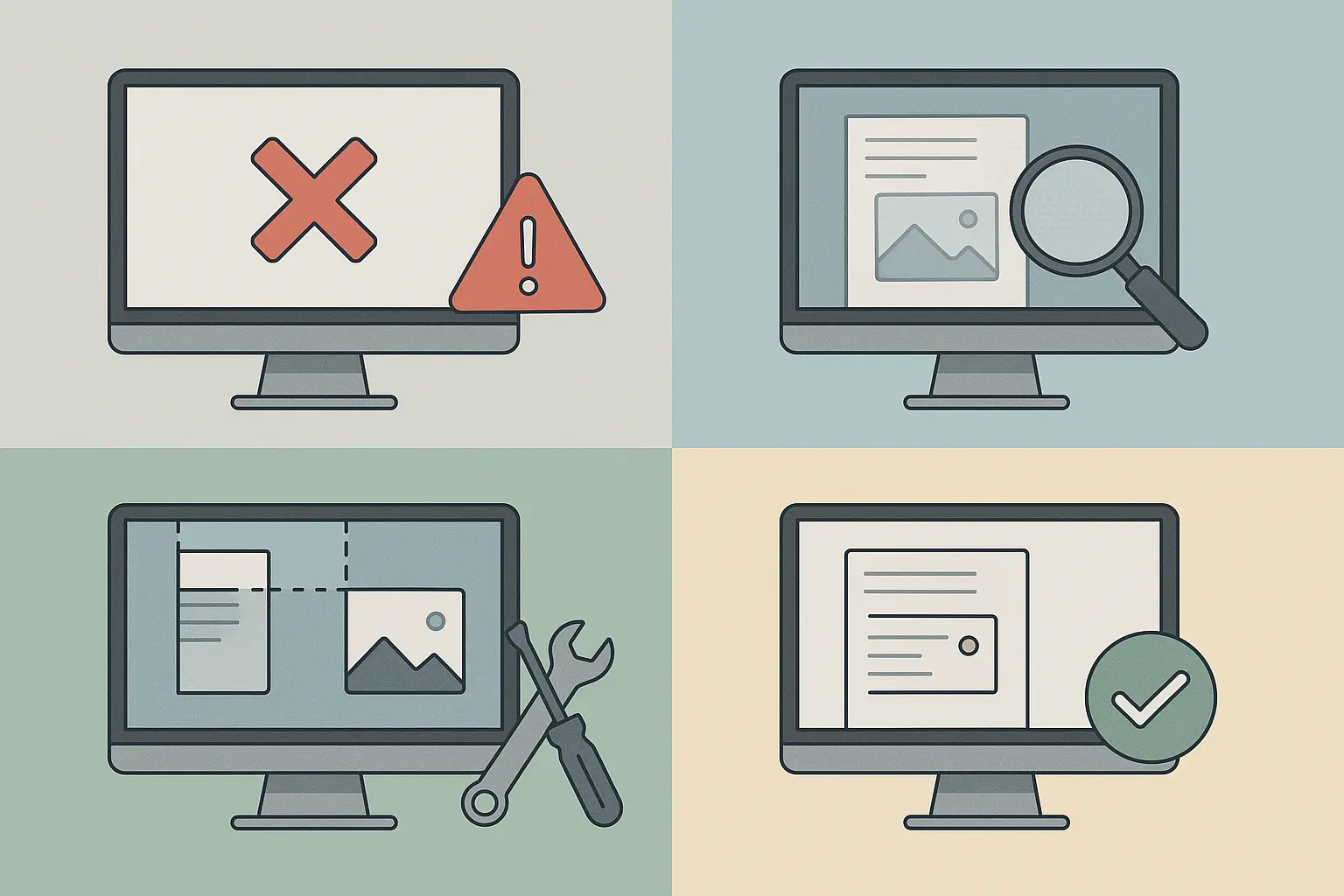
Making Screenshots Work for Everyone
Android's screenshot capabilities work for users with different physical abilities and accessibility needs.
Accessibility Features That Actually Help
Android's Accessibility Services can trigger screenshots through switch controls, eye tracking, or enhanced voice commands when traditional button combinations are difficult or impossible to use.
Switch Control Setup: Configure external switches through Android's Switch Access service to trigger screenshot functions. Set up custom switch actions in Settings > Accessibility > Switch Access, where screenshots can be assigned to specific switch inputs or scanning patterns.
The setup process takes about five minutes, but once configured, users can capture screenshots with whatever physical input method works best for their specific needs.
Audio and Visual Feedback
Android devices provide audio confirmation for successful screenshot capture. TalkBack integration ensures screen reader users receive proper feedback about screenshot status and available editing options.
When TalkBack is enabled, screenshot notifications provide detailed audio descriptions of available actions, and the editing interface includes proper accessibility labels for all tools and options.
A visually impaired user can take screenshots using voice commands ("Hey Google, take a screenshot"), then navigate the editing options through TalkBack's audio descriptions to add annotations or crop images.
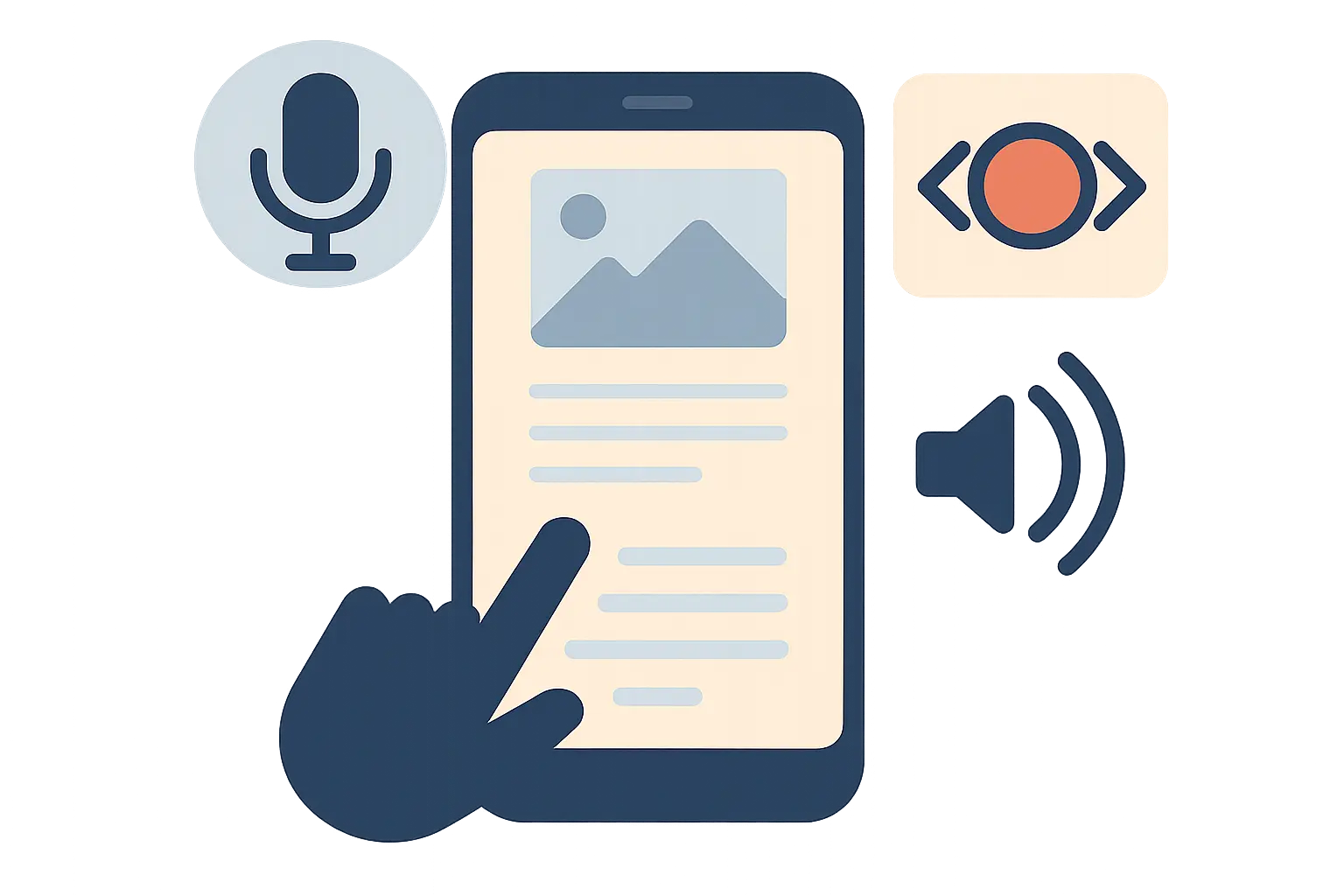
For the Power Users
Professional and enterprise users need sophisticated screenshot capabilities for documentation, compliance, and workflow integration.
Enterprise Features
Mobile Device Management solutions control screenshot permissions across corporate devices, enabling or restricting functionality based on app context, user roles, or data classification levels.
Industries like healthcare, finance, and legal services require screenshots for audit trails and compliance documentation. Android's screenshot metadata includes timestamps and device information that support regulatory requirements.
First responders and law enforcement professionals who rely on screenshots for documentation should consider specialized phone cases designed for field work environments.
Enterprise apps integrate with Android's screenshot APIs to automatically process captures, upload them to document management systems, or trigger workflow actions based on screenshot content.
Security and Data Protection
Corporate environments require additional security measures to prevent sensitive data exposure through screenshots.
Enterprise solutions automatically add watermarks or metadata to screenshots containing sensitive information, ensuring proper attribution and tracking of confidential data distribution while maintaining audit trails for compliance purposes.

Why Your Phone Case Matters
Here's something nobody talks about: your case affects your screenshot game.
Cheap cases make buttons mushy or hard to press. Rokform's military-grade cases with RokLock™ technology provide the stable platform necessary for clean, shake-free screenshots. The powerful N52 Neodymium magnets allow you to position your phone at optimal angles against any magnetic surface, eliminating awkward hand positioning that often leads to blurry screenshots.
For professionals who rely on screenshots for documentation - from first responders capturing incident details to field workers documenting equipment status - Rokform's 6-foot drop protection ensures your device remains functional even in demanding environments where screenshot capability is mission-critical.
Content creators and professionals can benefit from magnetic phone mounts that provide stable positioning for multiple screenshot captures without hand shake or movement blur.
The integrated mounting systems are particularly valuable for users who need scrolling screenshots or multiple screen captures. By securing your device in a stable position, you can use both hands for navigation while maintaining perfect screenshot composition.
For users who frequently take screenshots while driving or in vehicles, car phone mounts ensure safe, hands-free screenshot capability without compromising road safety.
Rokform's slim profile design ensures that even with maximum protection, you maintain full access to volume and power buttons for traditional screenshot methods, while precise engineering preserves touchscreen sensitivity for gesture-based screenshot techniques.
Ready to upgrade your screenshot game? Explore Rokform's complete collection of Android cases and mounting solutions designed to enhance your mobile productivity and protect your device in any environment.
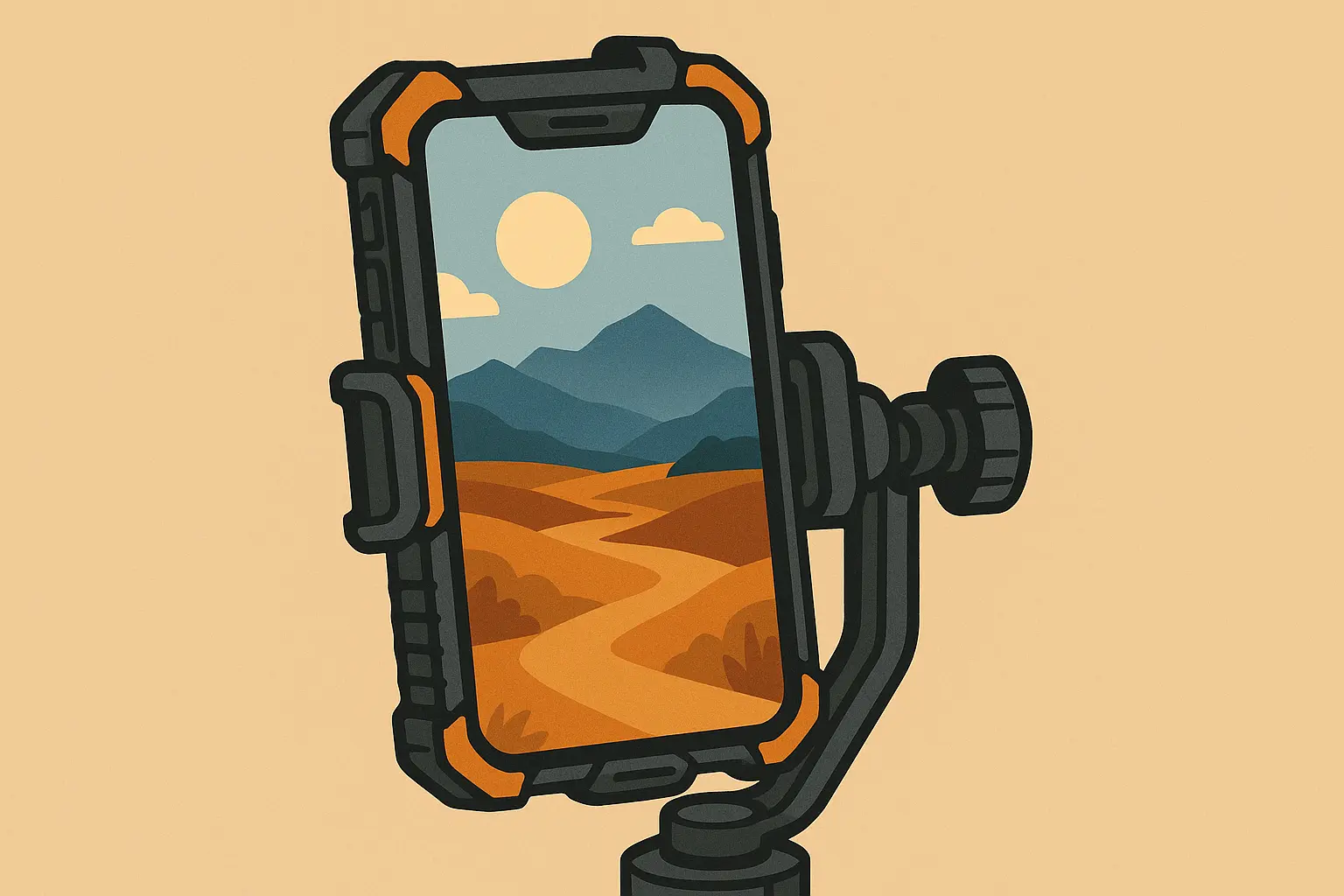
Final Thoughts
Screenshots are one of those things that seem simple until they're not. Master the basics, explore the cool features, and don't let a cluttered photo library drive you insane.
The key is having multiple methods ready. Buttons fail, apps block screenshots, hands get full - but there's always another way to capture what you need.
Most importantly, organize as you go. Future you will either thank present you or curse you for how you handle your screenshot collection today.
For users who need reliable screenshot functionality in challenging environments, investing in rugged phone protection ensures your device remains functional when you need it most.
Remember that screenshot management is just as important as taking them. Organize your captures, back them up to cloud storage, and be mindful of privacy and security considerations, especially with sensitive information. When technical issues arise, most problems have straightforward solutions that don't require professional help.
Most importantly, screenshots should work for everyone. Android's accessibility features ensure that users with different physical abilities can capture and manage screenshots effectively, while enterprise users have the security and compliance tools they need for professional environments.









